The Global Marine Acoustic Sensor Market presents a complex landscape characterized by various players striving to enhance their offerings and gain competitive advantages. The market's growth is driven by increasing demand for advanced underwater detection systems, primarily fueled by defense and security needs, environmental monitoring, and marine research applications.
As industries and governments continue to prioritize their maritime capabilities, innovations in marine acoustic sensing technologies are rapidly emerging.
Competitors in this domain are focusing on product development, strategic partnerships, and mergers and acquisitions to reinforce their market positions while navigating the diverse challenges posed by evolving customer requirements, technological advances, and regulatory frameworks.
The competitive dynamics are vibrant, with companies attempting to carve unique spaces by addressing specific use cases within marine environments. Lockheed Martin stands as a significant player in the Global Marine Acoustic Sensor Market, leveraging its extensive experience in defense systems and cutting-edge technology.
The company has positioned itself to capture market share through its superior research and development capabilities, focusing on high-performance and reliable acoustic sensor solutions tailored for military applications, including anti-submarine warfare and maritime surveillance.
Lockheed Martin’s commitment to innovation has led to the development of advanced sensor technologies that enhance underwater detection capabilities, making them a preferred choice among defense organizations worldwide.
Additionally, the company enjoys strong relationships with various government agencies and military entities, ensuring a robust market presence while bolstering confidence in its offerings through proven performance and reliability.
Kongsberg Gruppen reflects a formidable presence within the Global Marine Acoustic Sensor Market, emphasizing its dedication to delivering high-quality maritime technology solutions. The company's strengths lie in its comprehensive portfolio, which includes sophisticated marine sensors designed for diverse applications, such as oceanography, subsea exploration, and defense.
Kongsberg Gruppen excels in integrating advanced technologies with a strong focus on user-centric design, allowing for seamless operational efficiency in marine environments. The firm is known for its strategic investments in research and development, ensuring continuous innovation to meet the unique demands of clients in the marine sector.
Furthermore, Kongsberg Gruppen's commitment to sustainability and environmental management resonates well with the industry's growing emphasis on eco-friendly practices, reinforcing its position as a leading player in the marine acoustic sensor domain.

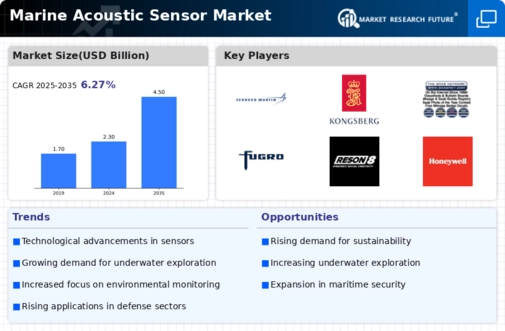

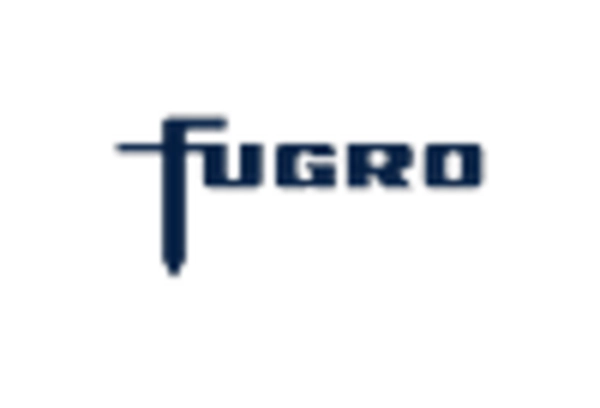

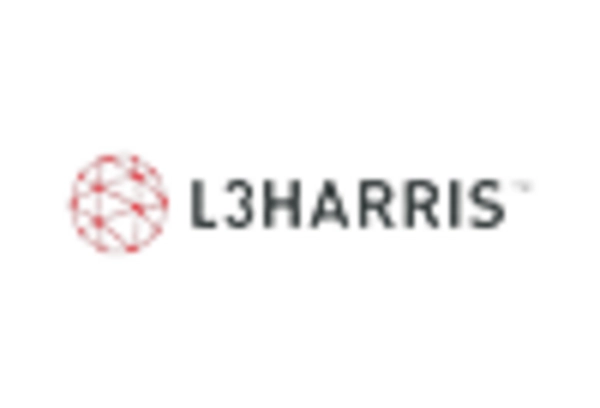

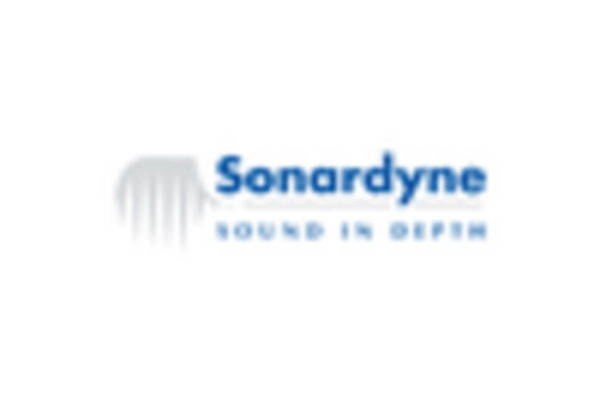
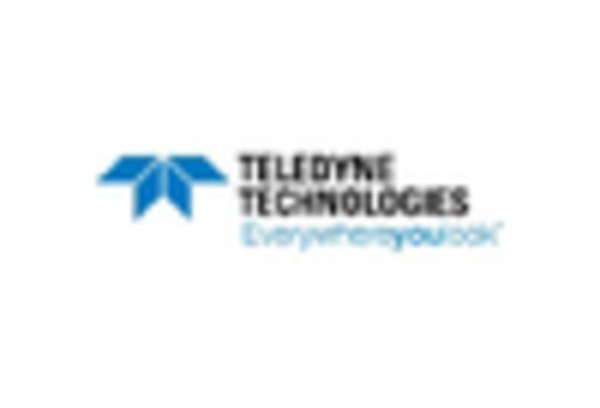








Leave a Comment